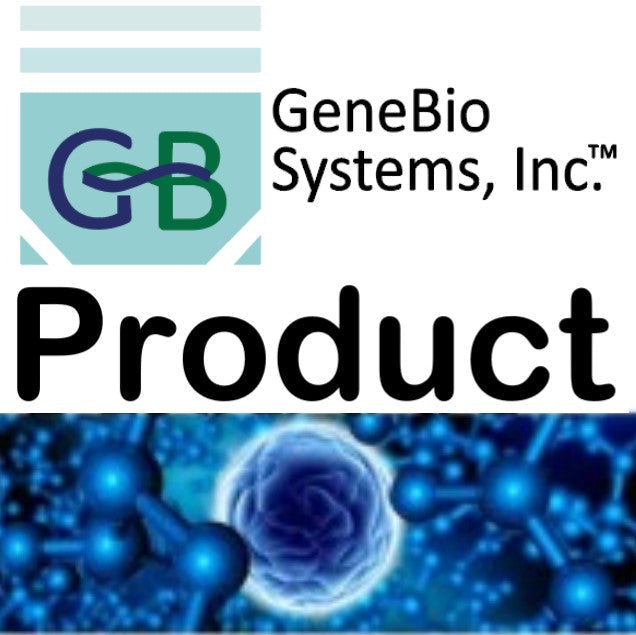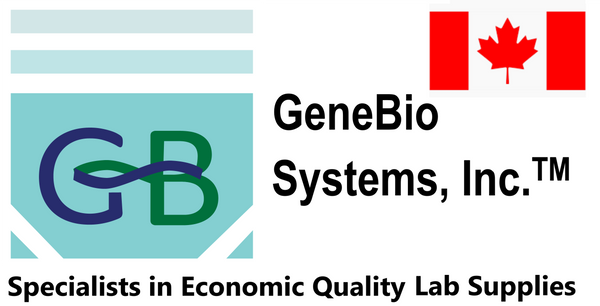Gene Bio Systems
Recombinant Bovine coronavirus Hemagglutinin-esterase(HE)
Recombinant Bovine coronavirus Hemagglutinin-esterase(HE)
SKU:CSB-YP323648BJK
Couldn't load pickup availability
Size: 200ug. Other sizes are also available. Please Inquire.
In Stock: Yes
Lead time: 3-7 working days
Research Topic: Others
Uniprot ID: P15776
Gene Names: HE
Organism: Bos taurus (Bovine)
AA Sequence: FDNPPTNVVSHLNGDWFLFGDSRSDCNHVVNTNPRNYSYMDLNPALCDSGKISSKAGNSIFRSFHFTDFYNYTGEGQQIIFYEGVNFTPYHAFKCTTSGSNDIWMQNKGLFYTQVYKNMAVYRSLTFVNVPYVYNGSAQSTALCKSGSLVLNNPAYIAREANFGDYYYKVEADFYLSGCDEYIVPLCIFNGKFLSNTKYYDDSQYYFNKDTGVIYGLNSTETITTGFDFNCHYLVLPSGNYLAISNELLLTVPTKAICLNKRKDFTPVQVVDSRWNNARQSDNMTAVACQPPYCYFRNSTTNYVGVYDINHGDAGFTSILSGLLYDSPCFSQQGVFRYDNVSSVWPLYSYGRCPTAADINTPDVPICVYDPLPLILLGILLGVAVIIIVVLLLYFMVDNGTRLHDA
Expression Region: 19-424aa
Sequence Info: Full Length
Source: Yeast
Tag Info: N-terminal 6xHis-tagged
MW: 47.7 kDa
Alternative Name(s): E3 glycoprotein
Relevance: Structural protein that makes short spikes at the surface of the virus. Contains receptor binding and receptor-destroying activities. Mediates de-O-acetylation of N-acetyl-9-O-acetylneuraminic acid, which is probably the receptor determinant recognized by the virus on the surface of erythrocytes and susceptible cells. This receptor-destroying activity is important for virus release as it probably helps preventing self-aggregation and ensures the efficient spread of the progeny virus from cell to cell. May serve as a secondary viral attachment protein for initiating infection, the spike protein being the major one. Ses to be a 'luxury' protein that is not absolutely necessary for virus infection in culture. However, its presence in the virus may alter its pathogenicity. May become a target for both the humoral and the cellular branches of the immune syst.
Reference: Structure and orientation of expressed bovine coronavirus hemagglutinin-esterase protein.Kienzle T.E., Abraham S., Hogue B.G., Brian D.A.J. Virol. 64:1834-1838(1990)
Purity: Greater than 90% as determined by SDS-PAGE.
Storage Buffer: Tris-based buffer,50% glycerol
Storage: The shelf life is related to many factors, storage state, buffer ingredients, storage temperature and the stability of the protein itself. Generally, the shelf life of liquid form is 6 months at -20℃/-80℃. The shelf life of lyophilized form is 12 months at -20℃/-80℃.
Notes: Repeated freezing and thawing is not recommended. Store working aliquots at 4℃ for up to one week.


